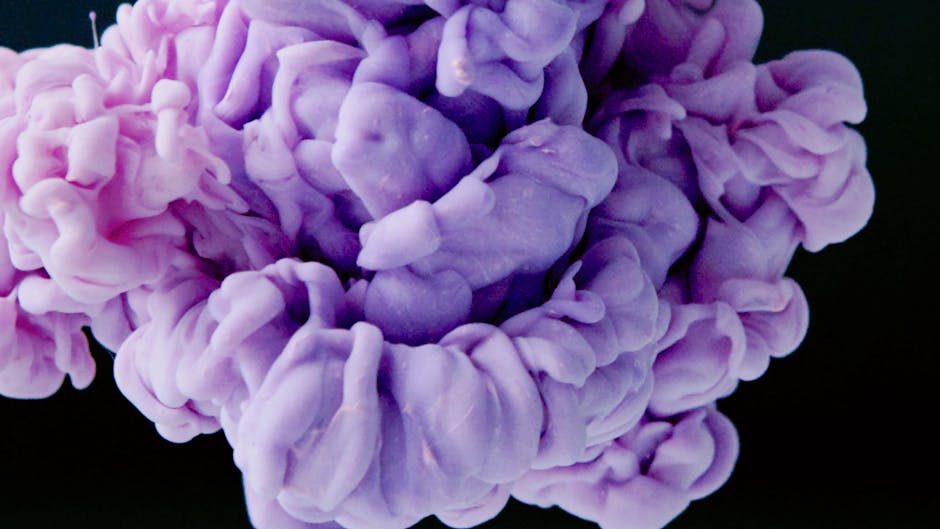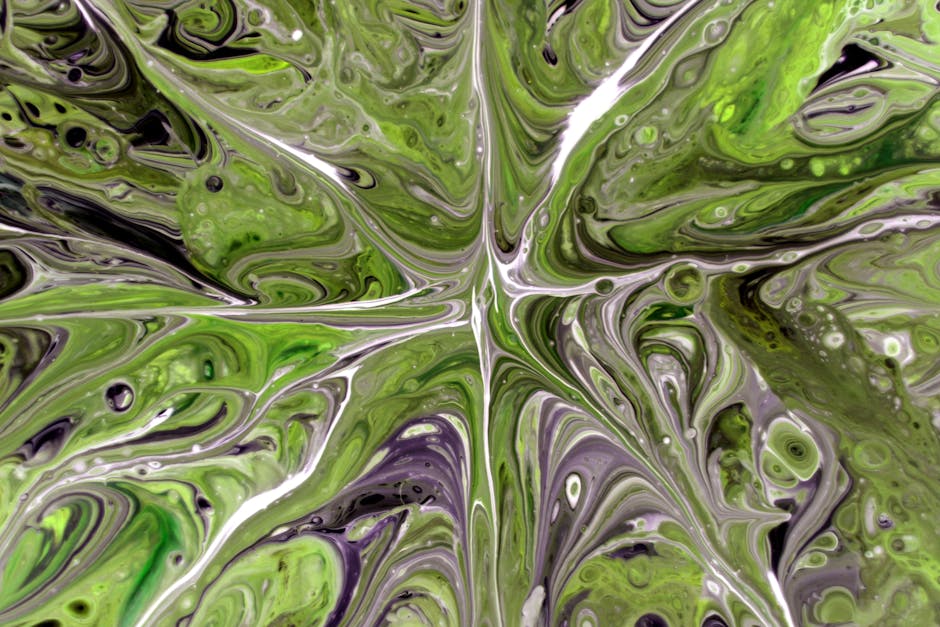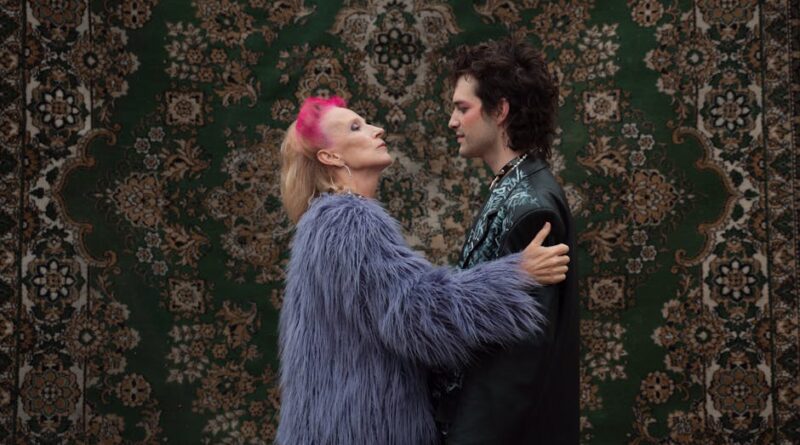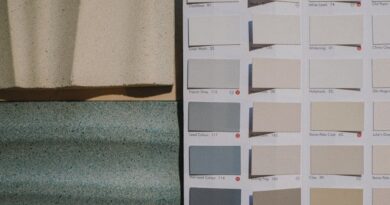Mixing Textures: A Design Trend to Try
Are you looking to spice up your space? Mixing textures is one of the hottest design trends today. This fun approach can turn a dull room into a stylish haven. But how do you start? Lets dive into the world of textures and see how you can easily incorporate them into your home.
What Are Textures in Design?

First, let’s define what we mean by textures. In design, textures refer to the way a surface feels or looks. It can be smooth like glass, rough like stone, or soft like fabric. When you mix these textures, you create a visually interesting and inviting space.
For example, think of a cozy living room. You might have a soft velvet couch, a chunky knit throw, and a sleek glass coffee table. Each texture adds depth and interest to the overall design.
Why Is Mixing Textures Important?

You might wonder, Why should I care about mixing textures? Here are a few reasons:
- Visual Interest: A room with varied textures is more pleasing to the eye.
- Depth: Mixing textures can create a layered look, giving your space a dynamic feel.
- Comfort: Different textures can make a space feel warmer and more inviting.
According to a study by the American Society of Interior Designers, 80% of people feel more relaxed in spaces that incorporate various textures. So, mixing textures can actually improve how you feel in your home!
How Do I Start Mixing Textures?

Ready to give it a try? Here are some simple steps to mix textures in your space:
1. Choose a Color Palette
Before you dive into textures, pick a color scheme. Sticking to a few colors will help unify the different textures. For example, if you choose blues and grays, you might use a soft blue velvet sofa, a gray wool throw, and a light blue ceramic lamp.
2. Layer Different Textures
Now comes the fun part! Layer textures on top of each other. Here are some ideas:
- Fabrics: Mix cotton with wool, leather with linen.
- Hard Surfaces: Combine wood with metal or glass.
- Natural Elements: Add plants or stone to soften hard surfaces.
For example, a wooden table can look great with a soft tablecloth, ceramic dishes, and a woven basket. This combination creates a rich, inviting table setting.
What Textures Work Well Together?

Some textures naturally complement each other. Here are a few pairs to consider:
- Soft and Hard: Balance fluffy pillows with a sturdy leather chair.
- Rough and Smooth: Pair a rough stone wall with smooth furniture.
- Natural and Synthetic: Combine natural wood with sleek metal accents.
Think about how these textures can create contrast. Pairing different textures can keep your space lively and engaging.
How Can I Use Textures in Different Rooms?
Mixing textures can work in any room. Heres how to apply this technique in different spaces:
Living Room
Your living room is the heart of your home. Start with a comfortable sofa. Add a variety of cushions in different fabrics. Include a soft throw blanket and a textured rug. You can even introduce a mix of wooden and metal accents with your furniture.
Bedroom
For a cozy bedroom, layer your bedding with different materials. Use a cotton sheet set, a fluffy down comforter, and a knitted throw. A wooden headboard paired with metal bedside tables adds a nice contrast.
Kitchen
In the kitchen, textures can be fun too! Consider a sleek marble countertop with wooden cabinets. Add some woven baskets to store fruits or vegetables. It can create an inviting atmosphere for cooking and entertaining.
What Common Mistakes Should I Avoid?
Mixing textures is fun, but it’s easy to go overboard. Here are some common mistakes to watch out for:
- Too Many Textures: Using too many different textures can make a room feel chaotic. Stick to 3-5 textures for a balanced look.
- Ignoring Color: Make sure your textures match or complement your color palette.
- Neglecting Scale: Mix textures of different sizes. A large rug with small pillows can create harmony.
By avoiding these pitfalls, you can create a well-thought-out design that feels cohesive.
Can Textures Change the Feel of a Space?
Absolutely! The right textures can transform the mood of a room. A soft, plush couch makes a space feel cozy, while sleek, shiny surfaces can create a modern vibe.
For example, if you want a calm environment, choose soft fabrics and natural materials. On the other hand, for a more energetic space, mix bold patterns with smooth surfaces.
What About Seasonal Changes?
Mixing textures is not just for permanent decor. You can also switch it up with the seasons! In the fall, incorporate warm, fuzzy fabrics like wool and deep colors. In spring, try lighter fabrics like linen and pastel shades.
What Are Some Final Tips for Mixing Textures?
- Trust Your Instincts: If it feels good to you, go for it!
- Experiment: Try different combinations and see what works best in your space.
- Ask for Feedback: Sometimes, a second opinion can help. Ask friends or family what they think.
Remember, design is a personal journey. What matters most is that you create a space where you feel comfortable and happy.
Actionable Takeaways
Mixing textures can elevate your home design. Heres a quick recap of what to keep in mind:
- Choose a color palette to unify your textures.
- Layer different textures for depth and interest.
- Avoid common pitfalls like using too many textures or ignoring color.
- Change textures with the seasons to keep your space fresh.
So, what are you waiting for? Grab some cushions, a throw, or even a decorative rug. Start mixing textures today and watch your space come alive!
For more insights on home decor, check out Apartment Therapy for tips and inspiration.



